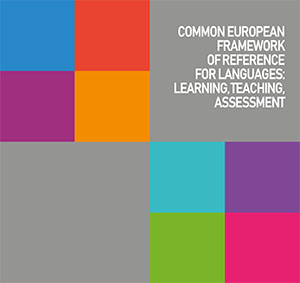Using illustrative tasks
The aim of this selection of illustrative tasks is to help users relate locally relevant test items to the CEFR levels, and to gain insights into developing items that can eventually claim to be related to CEFR levels.
Thus the users of these materials are expected to be
- test developers who wish to produce reading and listening test items which can be related to the CEFR, both in terms of the Descriptive Scheme and in terms of the levels and the Illustrative Scales,
- examination bodies who wish to relate existing tests and test tasks to the CEFR,
- teacher educators who wish to help language teachers understand better the CEFR and its levels for reading and listening,
- language teachers who wish to become more familiar with the CEFR in terms of reading and listening abilities and who would like their own classroom assessment to reflect those levels,
- policy makers who wish to understand what the CEFR levels mean in terms of the measurement of reading and listening abilities, in order to decide in a more informed manner what level might be appropriate for particular language uses and users.
This collection of illustrative tasks, however, cannot, on its own, satisfy the needs of such stakeholder groups, nor can it alone meet the general aims set out above. It is essential, therefore, that users consult fully the CEFR itself, the Manual for Relating Language Examinations to the CEFR, and associated materials, plus the extensive text on the constructs of reading and listening and the bibliography accompanying the collection. In the bibliography, users will find particularly useful the references the works on setting cutscores and on organising standard setting events published in Europe and across the Atlantic. As emphasised frequently in the Manual, it is only through thorough familiarisation with relevant documents, participation in related workshops and seminars, and the running of training events for language education professionals that the aims of this collection and of the Manual can be achieved.
The users are advised to read, after this Guide, the section on the selection procedures and the introductory texts that accompany the tasks for reading and listening. Having done so, and having decided on why and how to use the tasks in their own context, they may find it necessary – and in fact useful – to consult the extensive text on the constructs of reading and listening and select which bibliographical references they need to access.



